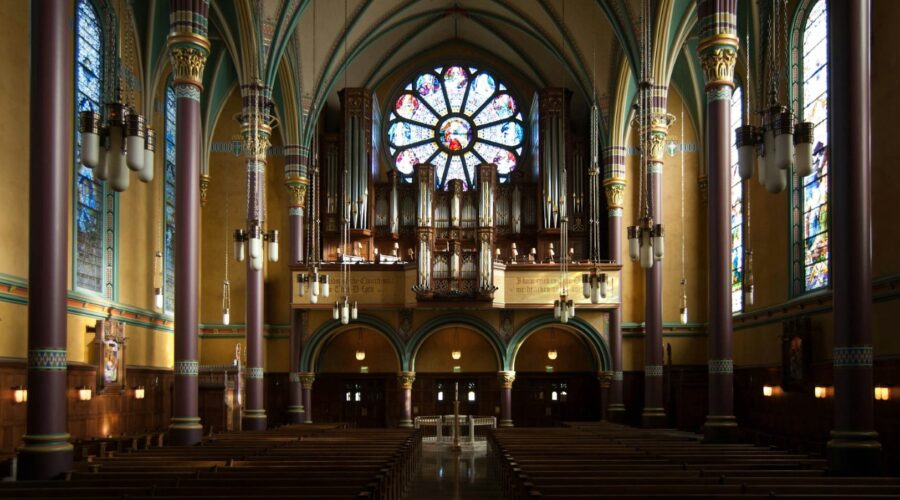Your cart is currently empty!
Discover the Church of Jesus Christ of Latter-day Saints: A Comprehensive Guide

Introduction
The Church of Jesus Christ of Latter-day Saints, often referred to as the Mormon Church, is a Christian denomination with a rich history and a global presence. This comprehensive guide will delve into the key aspects of the church, including its history, beliefs, practices, and organization. By exploring these elements, we aim to provide a thorough understanding of this unique faith community.
History
Pioneer Era
The Church of Jesus Christ of Latter-day Saints was founded by Joseph Smith Jr. in 1830 in Fayette, New York. Smith claimed to have received divine revelations, including the Book of Mormon, which he translated from ancient golden plates. The church faced significant persecution and discrimination in its early years, leading to the forced migration of its members to the American West under the leadership of Brigham Young.
Settlement in Utah
In 1847, Brigham Young and a group of Latter-day Saints arrived in the Salt Lake Valley, establishing the first permanent settlement in Utah. The church played a pivotal role in the development of the western United States, encouraging self-sufficiency and cooperation among its members through the establishment of communities and cooperative economic practices.
Beliefs
Restoration of the Gospel
Latter-day Saints believe that the Church of Jesus Christ was restored to the earth through Joseph Smith Jr., after centuries of apostasy. They hold that Christ’s original teachings and ordinances have been restored through modern revelation and that the church is the only true and living church on Earth.
Scriptures
In addition to the Bible, Latter-day Saints consider the Book of Mormon, the Doctrine and Covenants, and the Pearl of Great Price as sacred scripture. These books are believed to contain additional revelations from God and provide insights into Christ’s teachings and the history of the church.
Plan of Salvation
Latter-day Saints believe that God has a plan for the eternal progression of His children. This plan includes pre-mortal existence, mortal life, and the afterlife. They believe that we progress through various stages of existence, striving to become more like God and achieve eternal life.
Practices
Ordinances
Ordinances are sacred ceremonies that Latter-day Saints believe are essential for salvation. These include baptism, confirmation, the sacrament (communion), and temple ordinances such as marriage for eternity and sealing of families.
Worship
Latter-day Saints gather for weekly worship services, known as sacrament meetings. These services typically include prayers, hymns, and sermons by lay members of the congregation. They also hold temple ceremonies in dedicated buildings where members can participate in sacred ordinances and feel closer to God.
Missionary Work
Missionary work is an important part of Latter-day Saint culture. Young men and women aged 18-25 are encouraged to volunteer to serve two-year missions, during which they share their beliefs with others and provide service to local communities.
Organization
Lay Leadership
The Church of Jesus Christ of Latter-day Saints is organized on a lay leadership model. Local congregations are led by bishops, who are volunteer lay leaders called by revelation. Stake presidents, who oversee multiple congregations, are also lay leaders.
Councils and Quorums
Councils and quorums are groups of men and women who receive leadership assignments within the church. These include the Priesthood Council, the Relief Society (for women), the Young Men and Young Women organizations, and the Primary organization (for children).
First Presidency and Quorum of the Twelve Apostles
The First Presidency, consisting of the church’s president, two counselors, and the Quorum of the Twelve Apostles, serve as the highest governing body of the church. These leaders are considered prophets, seers, and revelators and provide guidance and direction to the church worldwide.
Conclusion
The Church of Jesus Christ of Latter-day Saints is a vibrant and diverse faith community with a rich history, unique beliefs, and distinctive practices. Understanding the key aspects of the church, including its history, beliefs, practices, and organization, provides a deeper appreciation for this globally recognized religious movement.